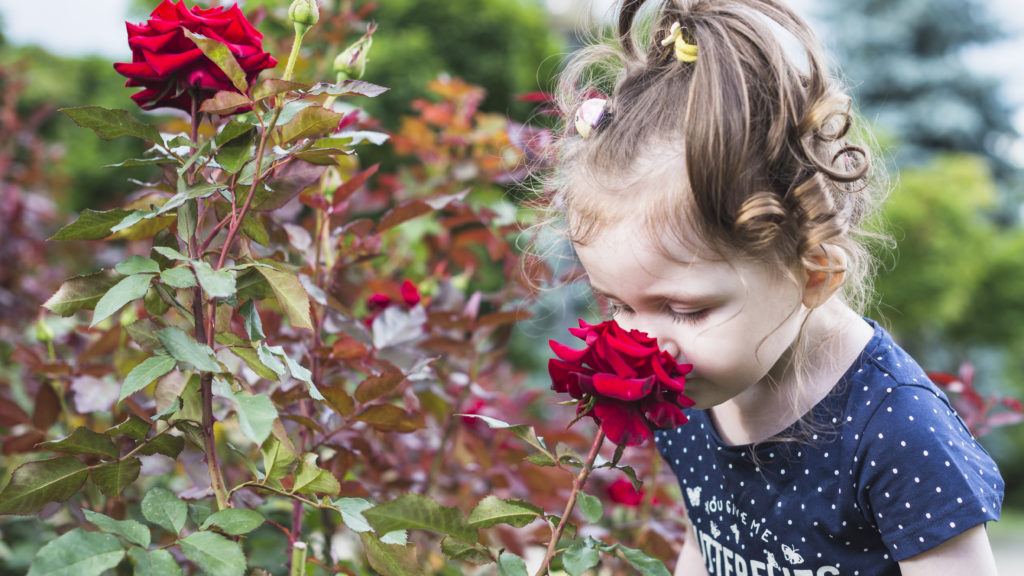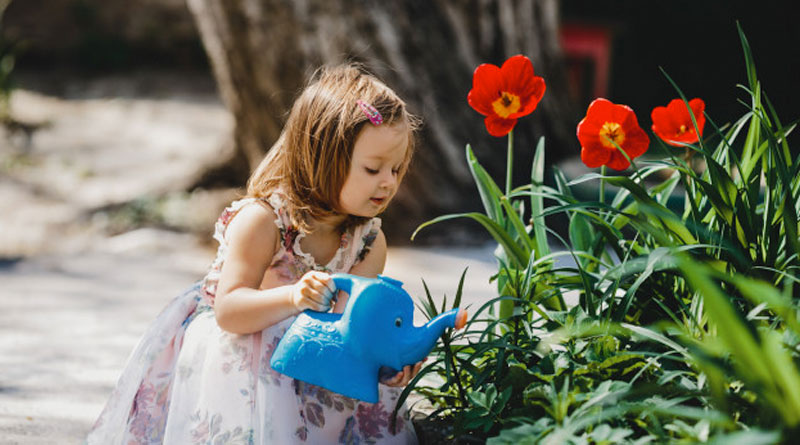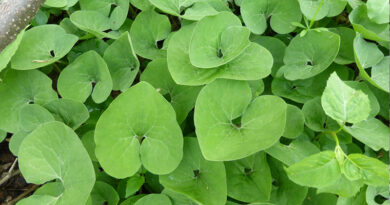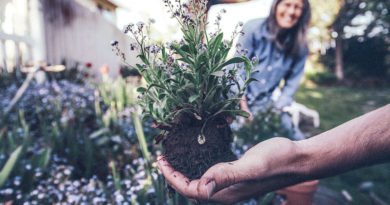Plants for your Kid Gardener
Kids love most flowers and plants, especially those they get to help with. There are a few interactive plants that they really, really like, though, that make a great inventory for a child’s first garden.
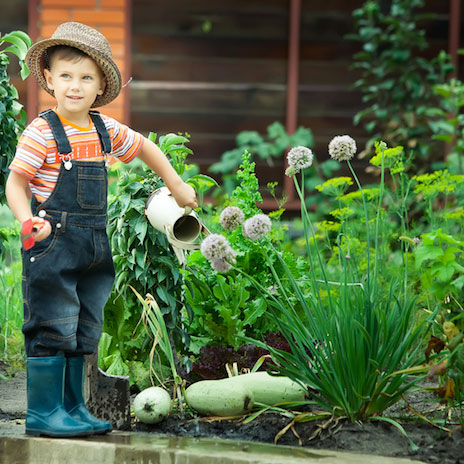
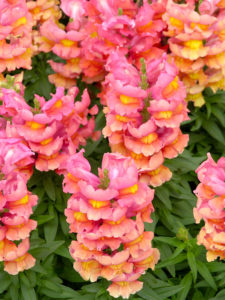
1. Snapdragons.
Very tough and always in bloom, the endless appeal of snapdragons is that when you squeeze the edges of a bloom, it snaps open like the mouth of a dragon.
Fun fact: snapdragons need to be pollinated by bumblebees, which are hairier, heavier and buzzier than honeybees. A bumblebee lands on the lower lip of the bloom, causing it to open, and the bee climbs inside. There it buzzes and buzzes around, getting itself all covered in pollen, kind of like shaking a piece of chicken in a bag of breadcrumbs. The bumblebee transfers some of that pollen when it buzzes around in another snapdragon.
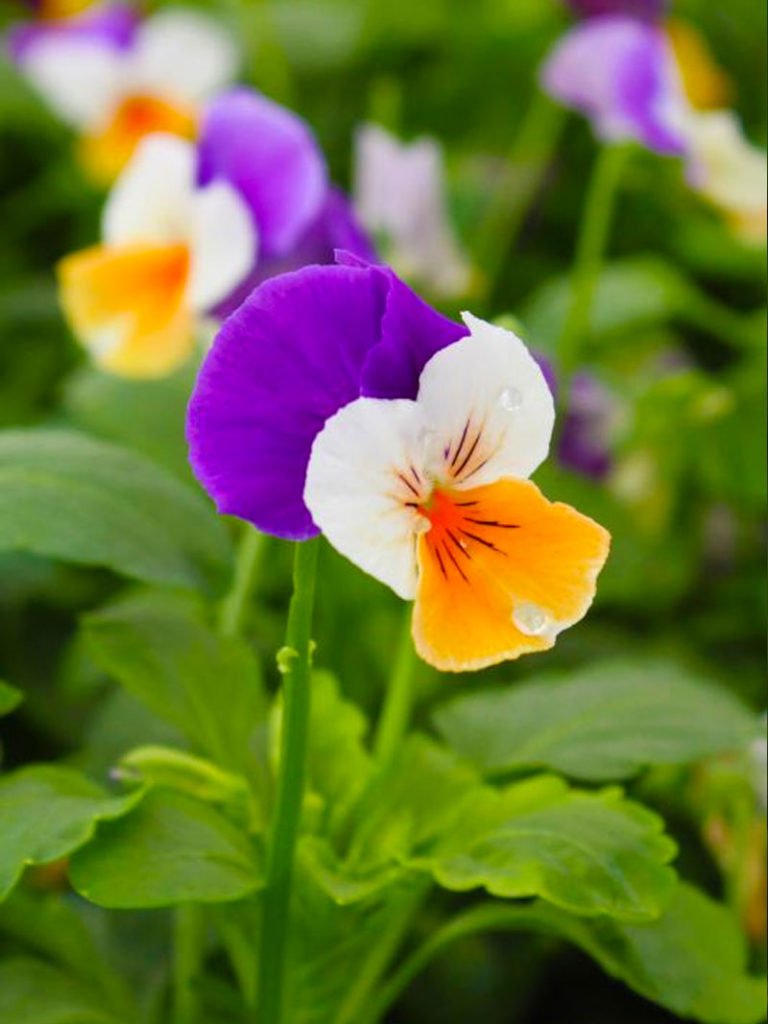
2. Pansies.
It doesn’t take the imagination of a child to see how the old-fashioned varieties look like faces. As an added bonus, this is one flower that kids can pick plenty of because it encourages the plant to branch out and rebloom. The blooms are also edible (provided you grown them without chemicals; don’t eat pansies from commercial greenhouses).
Fun fact: the name pansy comes from the French pensée, meaning thought, because when the flower droops in the afternoon heat it looks like it has its head bent in contemplation.
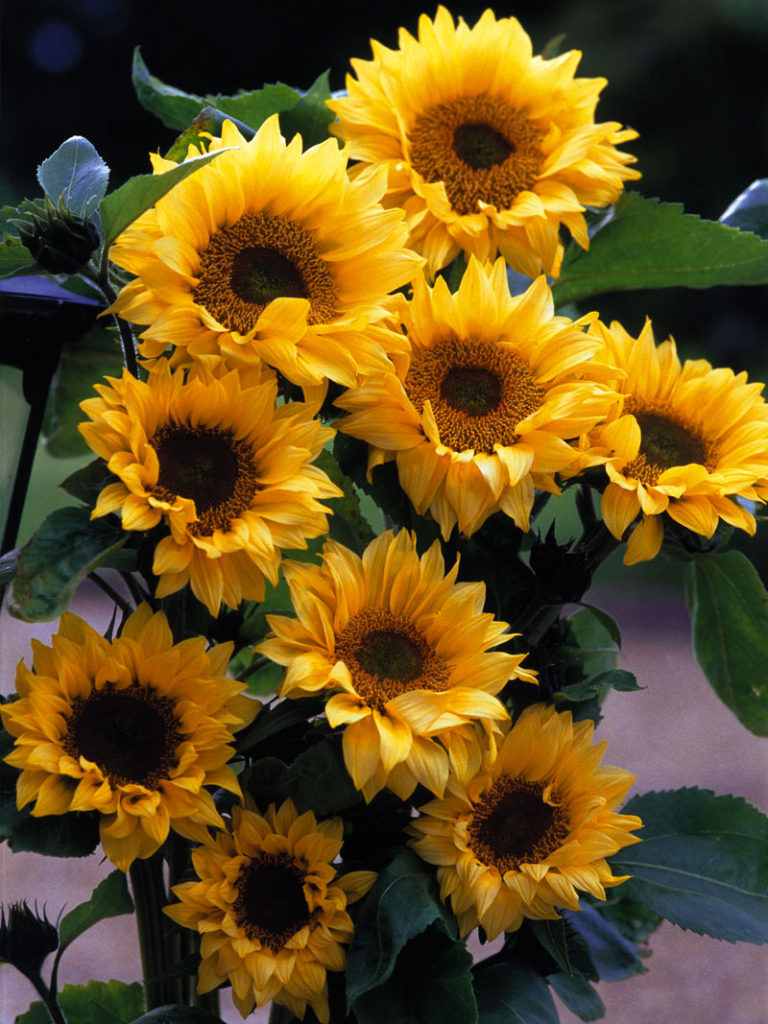
3. Sunflowers.
It’s tremendous fun to watch these happy-looking flowers go from tiny sprouts to gentle giants in a matter of months. The bristly stems and leaves also reinforce to tender fingers that some plants are better for looking at than fondling.
Fun fact: sunflowers keep their faces to the sun, moving through the day. It’s almost like the plants have muscles, but in fact the movement is more like hydraulics.
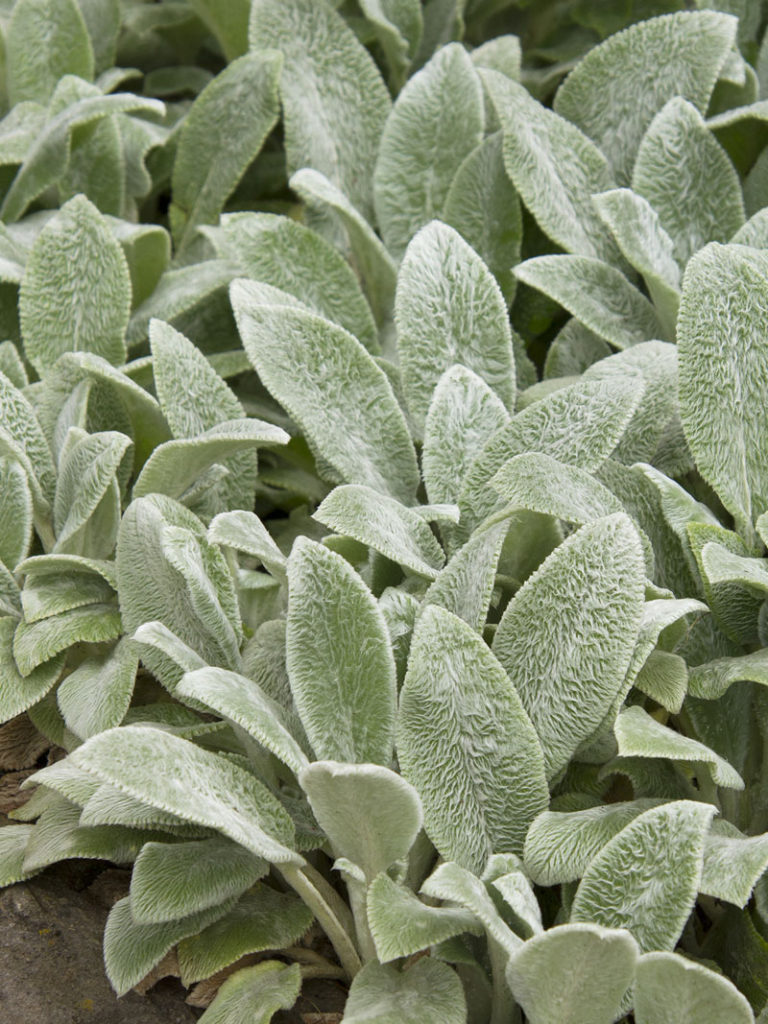
4. Lambs’ ears.
The silky soft down on the foliage is irresistible to touch.
Fun fact: the leaves were used in the past as bandages because they are absorbent and antiseptic. Try it on minor scratches to see how it works.

5. Hens and chicks.
The name, first off, is a great delight to children. Sometimes one will bloom by growing a long, tall structure commonly called a rooster. Different varieties planted together—they come in green and rosy variations and some have fuzzy rosettes that look like they’re covered in cobwebs.
Fun fact: hens and chicks used to be called house leeks because in the Middle Ages people planted them on their roofs in the belief the plant would protect the house against storms and fire.
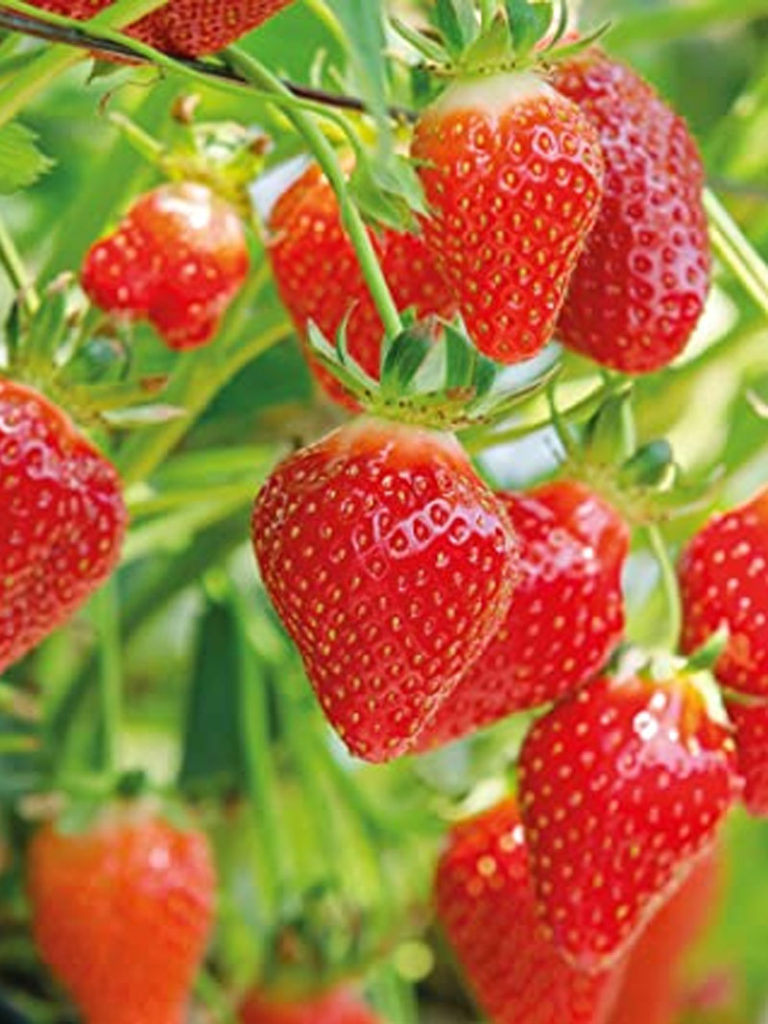
6. Strawberries.
Yum! It’s exciting to watch the blossoms come out then wait while they turn just the right shade of red before picking them. Decide with the kids beforehand whether it will be okay to pick and eat without asking or if you want to supervise which ones and wash them.
Fun fact: nobody knows why they’re called strawberries—the word is over 1,000 years old.

7. Chives.
I cannot tell you why, but my children both loved to pick and nibble on chives in the garden—even my younger daughter, who hates onions. Chives are a hardy and reliable plant and they emerge early when we’re all looking for green things to come up.
Fun fact: growing chives amongst your flowers can ward off pesky insects and the juice from chives can be used to fight mildew or fungal infections on other plants.
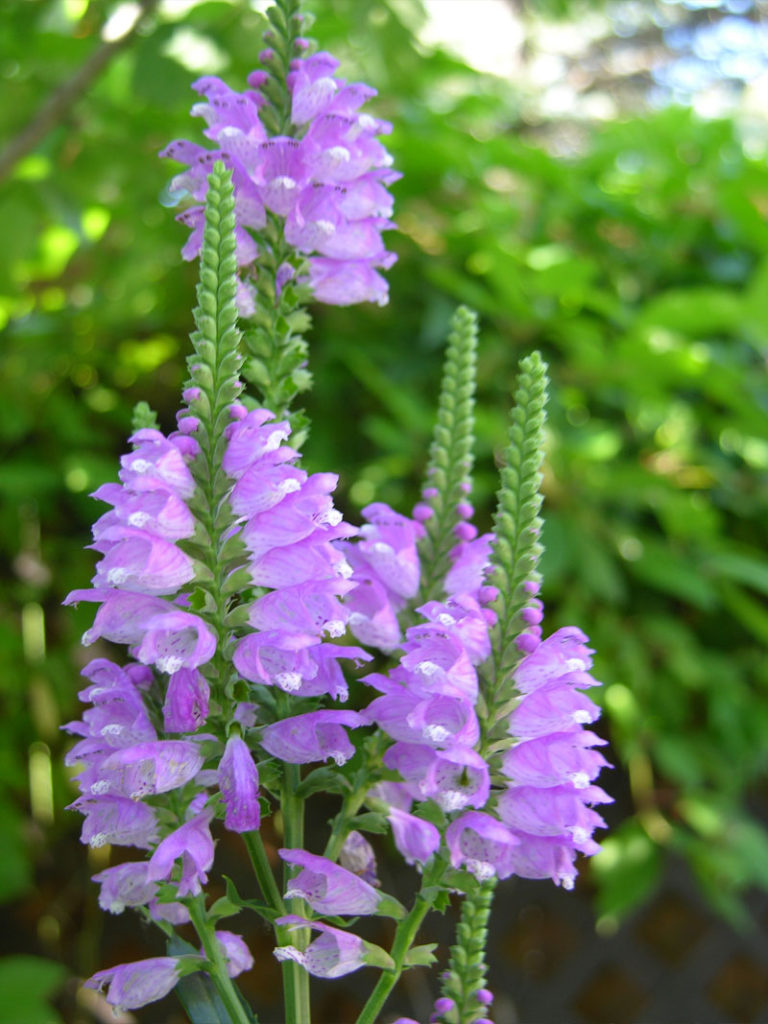
8. Obedient plant.
The problem with this plant in the past has been that it can be too vigorous. The cultivar ‘Miss Manners’—a name sure to appeal to children—keeps to itself, making it nicer to have in the garden.
Fun fact: the obedient part of this plant is that all the little blooms are on a kind of swivel petiole so you can nudge each floret into a particular position and it will stay that way.
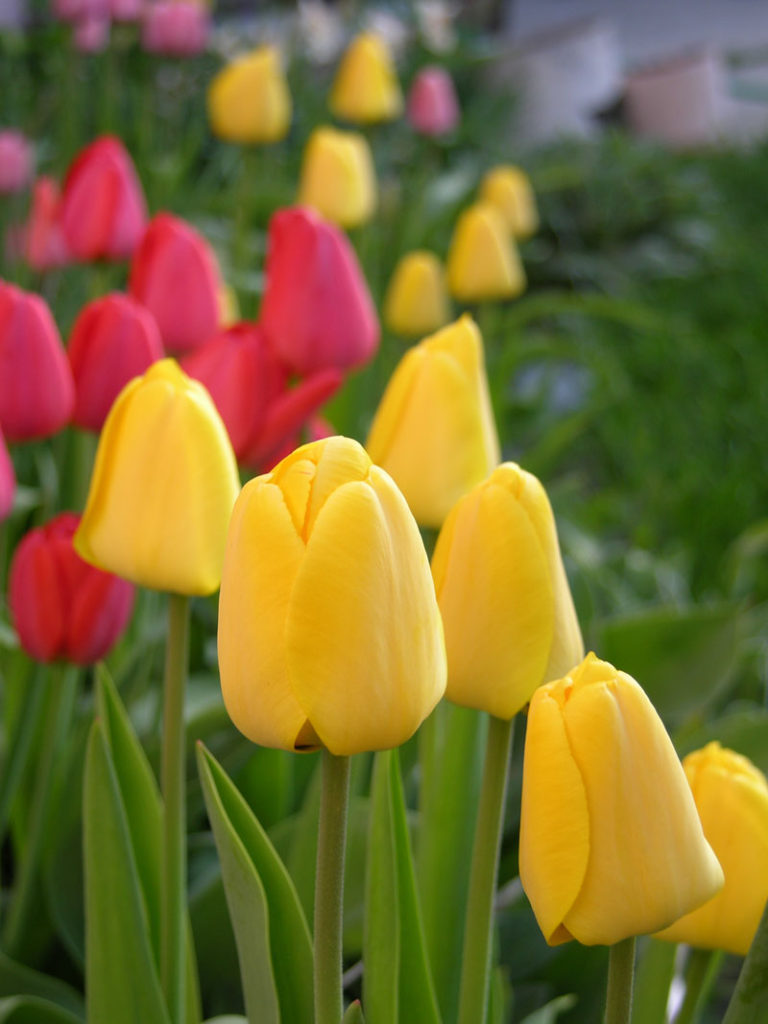
9. Tulips.
There are so many kinds to choose from! Plant lots so it won’t matter if your kids snap off the heads of a few perfect blooms for closer study and dissection of the plant. Then there will also be enough to cut a few and bring to school for the teacher.
Fun fact: when you cut a tulip and put it in a vase of water, the stem continues to grow longer. Try it!
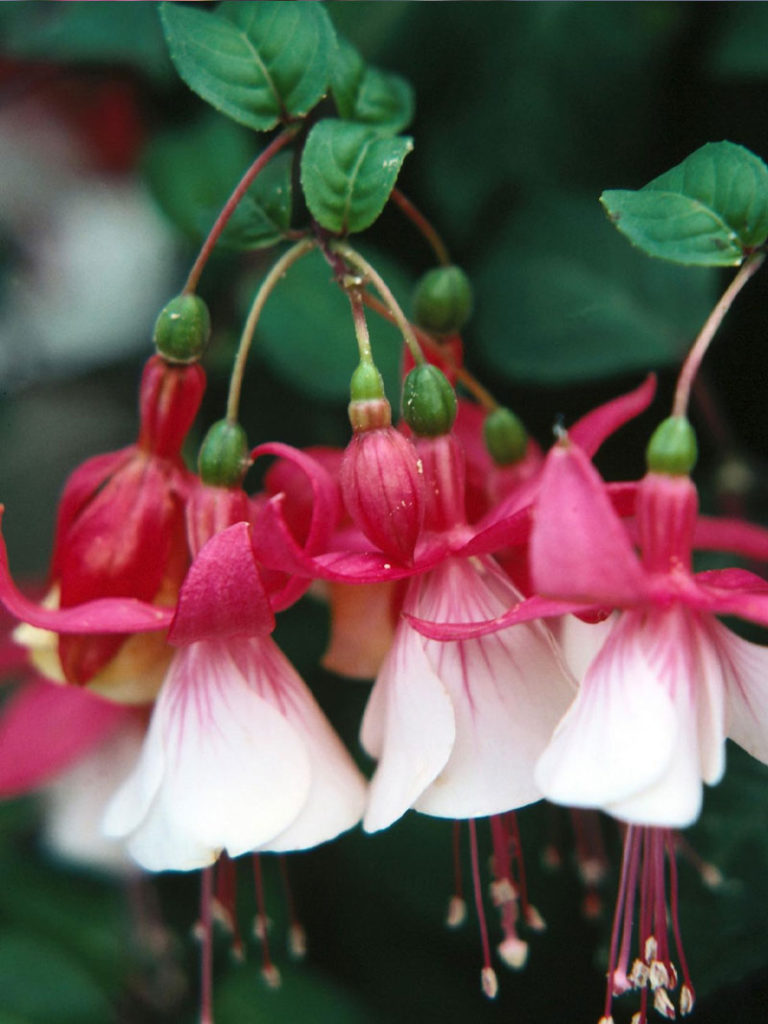
10. Fuchsia.
They look like ballerinas, which is as cool for some sensitive boys as it is for the princess-obsessed kind of little girl.
Fun fact: we can only grow them as annuals here, but in Mexico and South America they grow as great big shrubs. There’s one type in New Zealand that is a tree and it grows almost 50 feet high; it’s called kotukutuku.
